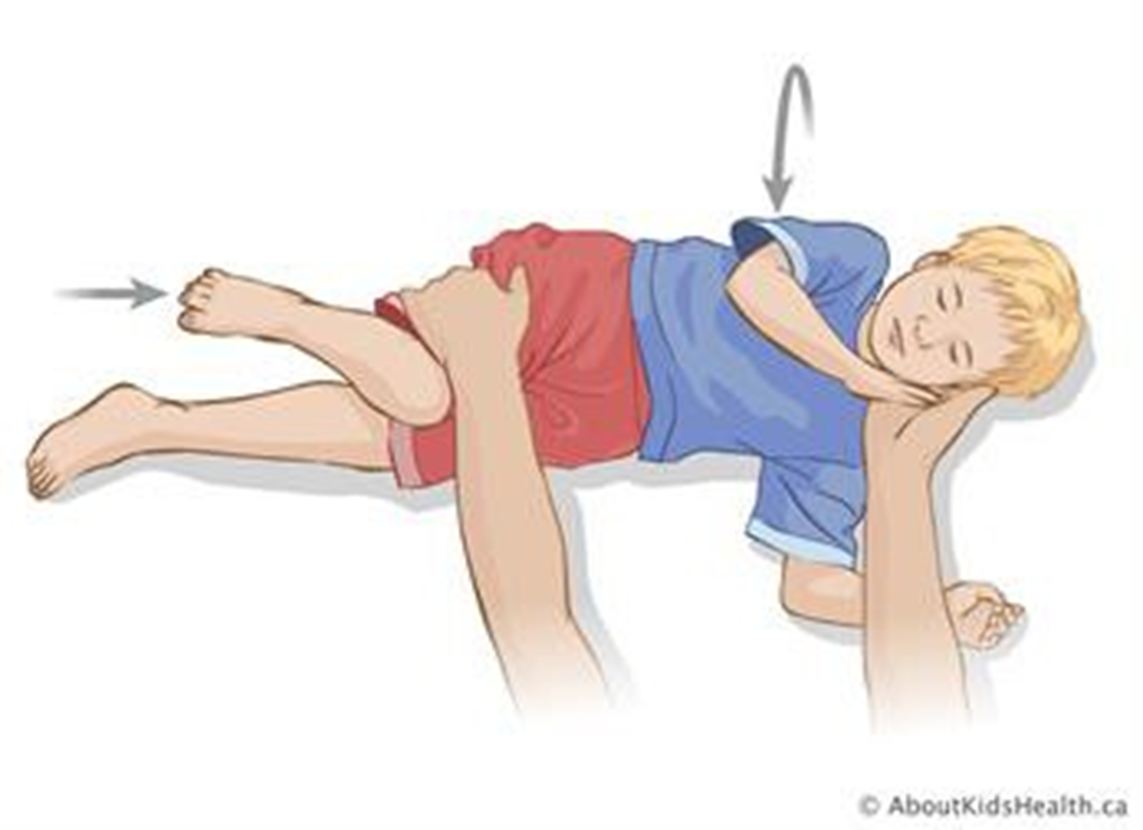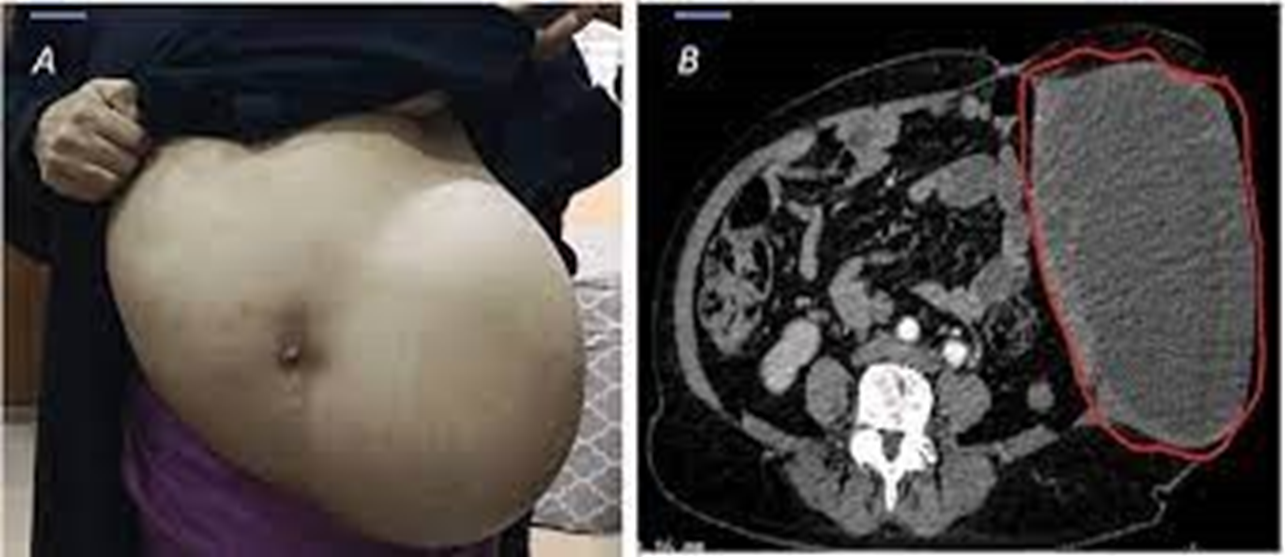PN Pediatrics Exam
ATI PN Pediatrics Exam
Total Questions : 50
Showing 10 questions Sign up for moreA nurse is providing care to a group of children at a pediatric clinic.
Which of the following children meets the criteria to receive a varicella vaccine?
Explanation
Choice A rationale
A child who received a blood transfusion 1 month ago is not recommended to receive the varicella vaccine. This is because blood transfusions can introduce new antibodies into the body that may interfere with the immune response to the vaccine.
Choice B rationale
A child currently receiving immunoglobulins should not receive the varicella vaccine. Immunoglobulins are proteins in the blood that function as antibodies. They can interfere with the body’s immune response to the vaccine.
Choice C rationale
A child currently receiving chemotherapy should not receive the varicella vaccine. Chemotherapy can weaken the immune system, making it less effective at responding to vaccines.
Choice D rationale
A child who has a cold and nasal discharge can receive the varicella vaccine. Mild illnesses, such as a cold, do not interfere with the immune response to the vaccine.
A nurse is preparing a 4-year-old child for discharge following a bilateral myringotomy with tympanostomy tube placement.
The mother asks what to do if the tubes fall out.
Which of the following instructions should the nurse give the parent?
Explanation
Choice A rationale
It is not advisable for a parent to attempt to reinsert the tubes if they fall out. This could potentially cause harm to the child’s ear.
Choice B rationale
If the tubes fall out, the parent should call the healthcare clinic to report this. The healthcare provider can then decide on the appropriate next steps.
Choice C rationale
It is not accurate to reassure the mother that the tubes will not fall out. Tympanostomy tubes are designed to fall out on their own after a certain period of time.
Choice D rationale
Taking the child to an emergency department is not necessary unless there are signs of infection or other complications.
A nurse is caring for a toddler who has intussusception.
Which of the following manifestations should the nurse expect?
Explanation
Choice A rationale
Mucus and blood in stools, often described as “currant jelly” stools, are a common symptom of intussusception.
Choice B rationale
Increased appetite is not typically associated with intussusception. In fact, children with this condition may experience decreased appetite due to abdominal pain.
Choice C rationale
Jaundice is not a symptom of intussusception. Jaundice, a yellowing of the skin and eyes, is more commonly associated with liver conditions.
Choice D rationale
Drooling is not a typical symptom of intussusception. Symptoms of intussusception are primarily gastrointestinal, including abdominal pain and bloody stools.
A nurse is planning to monitor a client for dehydration following several episodes of vomiting and an increase in the client’s temperature. Which of the following findings should the nurse identify as an indication that the client is dehydrated?
Explanation
Choice A rationale
A urine specific gravity of 1.034 is higher than the normal range (1.002-1.030), indicating that the urine is more concentrated due to a lack of hydration.
Choice B rationale
A bounding pulse is not typically associated with dehydration. Dehydration more commonly results in a weak, rapid pulse.
Choice C rationale
A blood pressure reading of 46/94 mm Hg is not indicative of dehydration. Dehydration often leads to low blood pressure.
Choice D rationale
Distended neck veins are not a typical sign of dehydration. Dehydration can lead to decreased blood volume, which would not cause distension of the neck veins.
A nurse is caring for a child who is having a tonic-clonic seizure and vomiting. Which of the following actions is the nurse’s priority?
Explanation
Choice A rationale
While placing a pillow under the child’s head might seem like a good idea, it’s actually not recommended during a seizure. The child’s movements could be unpredictable, and a pillow could potentially cause suffocation.
Choice B rationale
Removing the child’s eyeglasses is a good idea, but it’s not the first thing you should do. The child’s safety is the top priority, and eyeglasses can be removed once the child is safe.
Choice C rationale
Timing the seizure is important for medical professionals to know, but it’s not the first action to take. The child’s immediate safety is the priority.
Choice D rationale
Moving the child into a side-lying position is the priority. This position helps keep the airway clear and allows any vomit to exit the mouth, reducing the risk of choking.

A 10-year-old child was admitted with full-thickness burns affecting more than 15% of the child’s body surface. What manifestations of hypovolemic shock would you observe for over the next 48 hrs? Select all choices that apply:
Explanation
Choice A rationale
Rapid pulse is a common manifestation of hypovolemic shock. When the body experiences a significant loss of fluid, such as in severe burns, the heart rate increases in an attempt to maintain adequate blood flow and oxygen delivery to the body’s tissues.
Choice B rationale
Decreased blood pressure is another typical sign of hypovolemic shock. As the body loses fluid, the volume of blood circulating through the body decreases. This drop in blood volume leads to a decrease in blood pressure.
Choice C rationale
Pallor, or paleness of the skin, can occur in hypovolemic shock. This happens because the body prioritizes sending blood to vital organs like the heart and brain, which can result in less blood flow to the skin, causing it to appear pale.
Choice D rationale
A flushed face is not typically associated with hypovolemic shock. In fact, the skin may actually appear pale or cool due to reduced blood flow.
A nurse is providing teaching to a school-age child who has a new diagnosis of type 1 diabetes mellitus. Which of the following statements by the child indicates a need for additional teaching?
Explanation
Choice A rationale
Regular blood sugar testing is crucial for managing type 1 diabetes. It helps the child and their caregivers monitor the child’s blood sugar levels and make necessary adjustments to their insulin doses or diet.
Choice B rationale
This statement indicates a need for additional teaching. Even when sick, it’s important for individuals with type 1 diabetes to continue taking their insulin. Illness often causes blood sugar levels to rise, so insulin is still needed.
Choice C rationale
Rotating injection sites can help prevent skin problems, such as lipodystrophy (a lump under the skin caused by the accumulation of extra fat at the site of many subcutaneous injections of insulin). Therefore, this is a correct practice.
Choice D rationale
Physical activity can lower blood sugar levels. Eating a snack before physical activities like playing soccer can help prevent hypoglycemia (low blood sugar). This is a correct understanding of managing physical activity with type 1 diabetes.
A nurse is gathering information from a 1-year-old child who has been diagnosed with Wilms’ tumor. Which of the following symptoms should the nurse anticipate?
Explanation
Choice A rationale
Jaundice, a yellowing of the skin and eyes, is not typically a symptom of Wilms’ tumor. It is more commonly associated with conditions that cause liver dysfunction.
Choice B rationale
An abdominal mass is one of the most common symptoms of Wilms’ tumor. Parents or healthcare providers may feel a lump or swelling in the child’s abdomen.
Choice C rationale
Swollen joints are not a typical symptom of Wilms’ tumor. They are more commonly associated with conditions that affect the joints, such as juvenile arthritis.
Choice D rationale
Diarrhea is not a typical symptom of Wilms’ tumor. It is more commonly a symptom of gastrointestinal illnesses.

A nurse is caring for a 2-year-old child who has been diagnosed with nephrotic syndrome. The nurse collects data knowing that a common characteristic associated with nephrotic syndrome is:
Explanation
Choice A rationale
Hypotension, or low blood pressure, is not typically associated with nephrotic syndrome. In fact, some patients with nephrotic syndrome may experience high blood pressure.
Choice B rationale
Generalized edema, or swelling, is a common characteristic of nephrotic syndrome. It occurs due to the loss of proteins in the urine, which leads to a decrease in the amount of protein in the blood. This decrease in blood protein levels causes fluid to move from the blood vessels into the tissues, leading to swelling.
Choice C rationale
Increased urinary output is not typically associated with nephrotic syndrome. In fact, some patients may experience decreased urine output.
Choice D rationale
Bright red blood in the urine is not a typical symptom of nephrotic syndrome. Hematuria, or blood in the urine, when present in nephrotic syndrome, is usually microscopic and not visible to the naked eye.
A nurse is attending a continuing education course about communicable diseases. The nurse should identify that varicella has which of the following incubation periods?
Explanation
Choice A rationale
The incubation period for varicella, or chickenpox, is typically longer than 2 to 5 days. It usually ranges from 10 to 21 days.
Choice B rationale
An incubation period of 3 to 4 weeks is within the typical range for varicella. However, the average incubation period is usually around 14 to 16 days.
Choice C rationale
An incubation period of 7 to 10 days is shorter than the typical incubation period for varicella, which is usually around 14 to 16 days.
Choice D rationale
An incubation period of 2 to 3 weeks is within the typical range for varicella. The average incubation period is usually around 14 to 16 days.
You just viewed 10 questions out of the 50 questions on the ATI PN Pediatrics Exam Exam. Subscribe to our Premium Package to obtain access on all the questions and have unlimited access on all Exams. Subscribe Now



